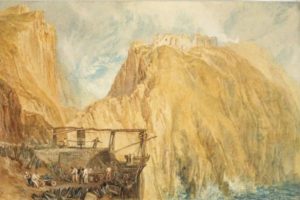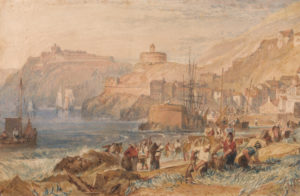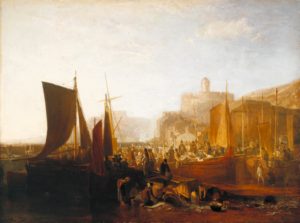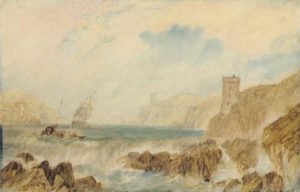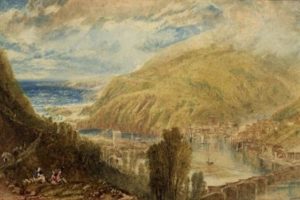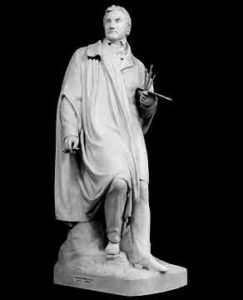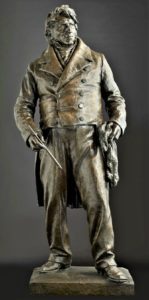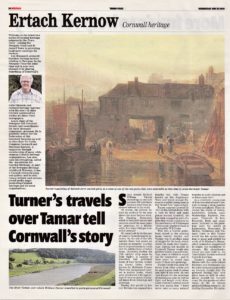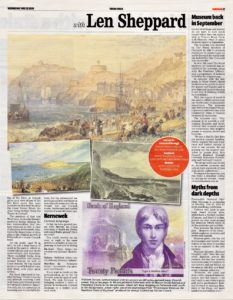Turner's travels over Tamar tell Cornwall's story
Since Joseph Mallord William Turner showed up on our new polymer £20 note there seems to have been increased interest. In his work. Of course, the picture behind his portrait on the note shows his most famous work ‘The Fighting Temeraire’ which is well known and remains one of the most popular paintings by a British artist. But what’s this got to do with Cornwall?
We must look far in the past of today’s Cornish tourist industry. By the end of the 18th century there had grown an interest in domestic tourism due to improvements in roads and the publications of better maps, including during the 17th century strip maps by John Ogilvy. A number of travellers had published books of their travels including Daniel Defoe, better known for Robinson Crusoe. there was an increased interest in tourist books, which were illustrated with engravings of various places of interest taken from drawings and paintings. During this period in history Britain was engaged in a lengthy war with France known as the Napoleonic Wars and travel around Europe by wealthy young men on the ‘Grand Tour’ were on hold.
[Right] Pages from Daniel Defoe's A Tour Thro' the Whole Island of Great Britain after his entry into Cornwall via Saltash and then onward on to Launceston. Click on Photo to Blow up
Turner entered Cornwall in 1811 by the Saltash ferry with a view to draw and paint places around Cornwall. He had been engaged as part of a plan that would culminate in the publication of “Picturesque Views on the Southern Coast of England” by W B Cooke. This was a tourist guidebook aimed at the growing home tourist market and Turner was to produce some 40 images for the book, which would be made into engravings. During his months in Cornwall Turner would also produce scores of pencil drawings many of which he would use for inspiration and in later years turning some of these into paintings.
Turners style was quite different from other artists and he used a great deal of colour and light in his work. He was well known for his paintings of tumultuous seas as well as light and bright vivid skies. Later visits to Cornwall would see him saying that “I have never seen so many natural beauties in such a limited spot as I have seen here”.
As a relatively young man of 36 he travelled around Cornwall covering a large number of towns and places. These included the towns of Fowey, Lostwithiel, Saltash, Looe, Wadebridge, Padstow, Penzance, Falmouth, St Ives, Boscastle, Bude and many more. Included in his paintings were the Castles at Launceston, Restormel, St Mawes, Pendennis and Tintagel. Later in 1834 Turner would use his earlier drawings to paint and exhibit his work of St Michael’s Mount, albeit somewhat exaggerated in height, but considered visionary. His sketchbooks now held by the Tate Gallery include scores of Cornish drawings.
Turners painting of St Mawes with the Castle behind the town and Pendennis Castle in the background provides an historic insight into the pilchard fishing that took place here as well at other places around the Cornish coast. He also produced other views of the St Mawes pilchard fishing industry including the castles. His painting of the ferry at Saltash gives us a view of one of the two ferries ports that were available at this time to cross the lower Tamar River, the other being at further down the Tamar at Cremyll. The painting of East and West Looe shows the historic medieval bridge linking the two communities that was later replaced in 1853. A view of shipping at Falmouth illustrates the importance of shipping to the original growth of Falmouth as a major Cornish town.
On his death, aged 76 in 1851 he left a huge legacy of work to the nation, which included 300 oils and over 20,000 watercolours and drawings. These included works from his imagination and travels around Europe as well as Great Britain. He was buried in the crypt of St Paul’s Cathedral along with other great artists. For those interested in Cornish heritage Turners travels and artwork covering Cornwall have contributed greatly to Cornwall’s historic legacy. Not only are his paintings interesting and wonderful to behold, but the subsequent engravings and text contained in now historic books provides an insight into our Cornish towns, landscapes and coastal regions of some 200 years ago.

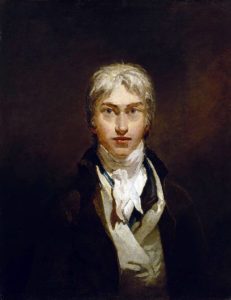
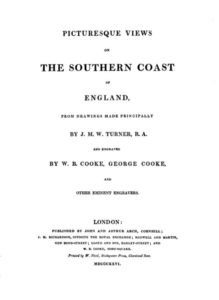
![Daniel Defoe - A tour thro' the whole island of Great Britain [369] Daniel Defoe - A tour thro' the whole island of Great Britain [369]](https://www.cornwallheritage.com/wp-content/uploads/2020/07/A-tour-thro-the-whole-island-of-Great-Britain-369-165x300.jpg)
![Daniel Defoe - A tour thro' the whole island of Great Britain [370] Daniel Defoe - A tour thro' the whole island of Great Britain [370]](https://www.cornwallheritage.com/wp-content/uploads/2020/07/A-tour-thro-the-whole-island-of-Great-Britain-370-170x300.jpg)
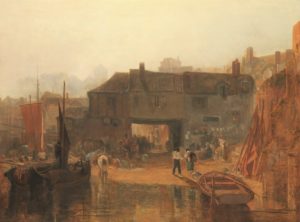
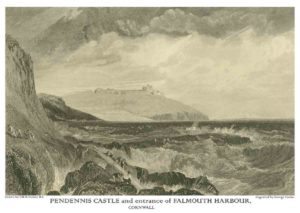
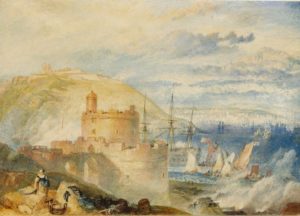
![JMW Turner Launceston Launceston From The Water-colours of J. M. W. Turner, text by W. G. Rawlinson and A. J. Finberg. [Avalon Press, London, 1909]](https://www.cornwallheritage.com/wp-content/uploads/2020/07/launceston-1909-artist-jmw-turner-14966388-300x210.jpg)
